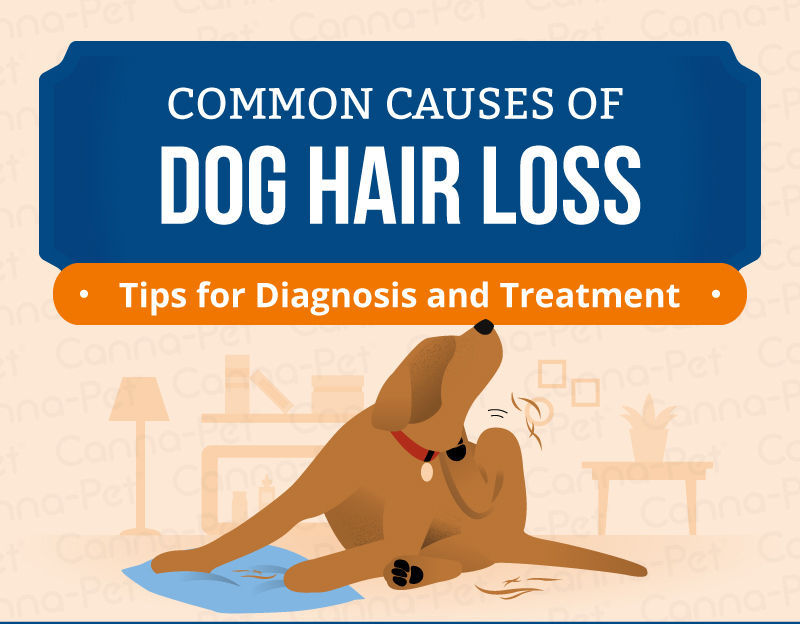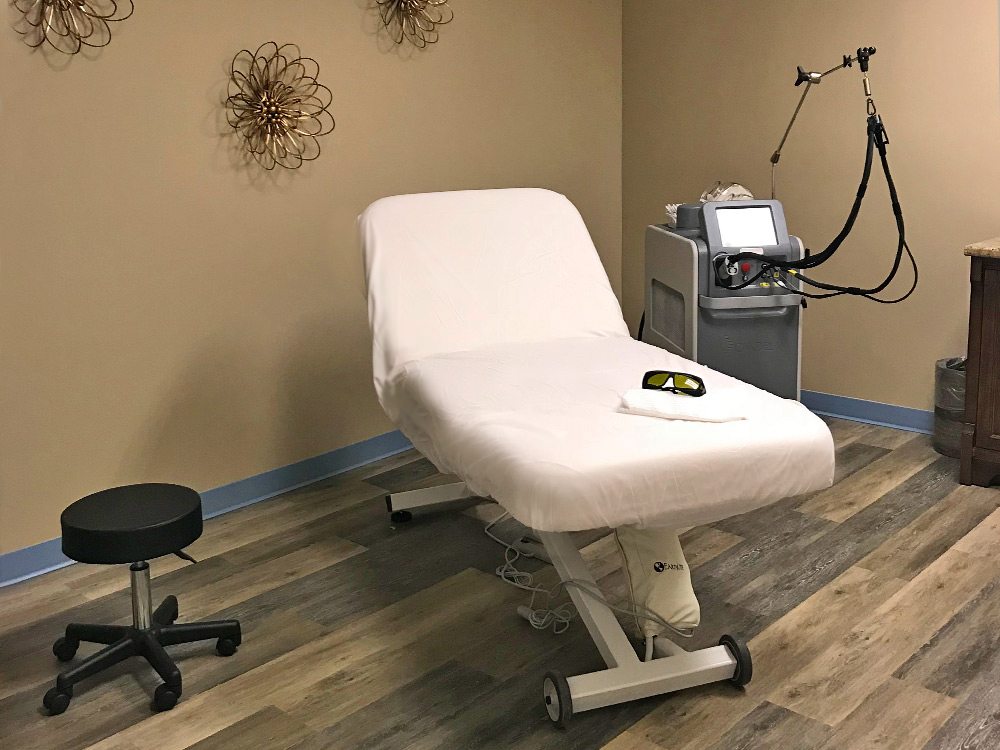Table Of Content
- Hot Spots
- How to Tell If Your Dog Has a Tick, Scab or Skin Tag
- Symptoms of Hair Loss in Dogs
- Hair Loss in Dogs: Why it Happens + How to Treat it
- Causes of Hair Loss in Dogs
- Not sure whether to see a vet?
- Why is my dog losing hair but isn’t itching?
- When to See a Vet about Your Dog's Bald Spots or Lost Hair

However, it’s likely related to an abnormal response of your pet’s hair follicles to hormonal changes that happen as a result of shorter days. Canine hair loss can also be due to Cushing’s disease, a condition brought on by the overproduction of the hormone cortisol. It’s typically caused by a tumor in the dog’s brain or adrenal glands. While the disease typically occurs in middle-aged to senior dogs, it can affect a pup at any point in their lifetime. Some shampoos can irritate your dog's skin and may even lead to hair loss. These shampoos contain harsh chemicals and fragrances that can cause redness, irritation, and inflammation.
Hot Spots
Because each cause can have the same symptoms as others, it’s best to consult a vet to get an accurate diagnosis and recommended course of treatment. One of the most common causes of hair loss in dogs is skin allergies. Triggers in dogs include food and fleas, but many pups also suffer from atopic dermatitis or increased sensitivity to environmental allergens such as pollen or dust mites. Identifying the trigger can be challenging and it’s important to work with your veterinarian to help keep your pet as comfortable as possible. A physical examination will be conducted so that your veterinarian can view the areas where your dog has been losing hair and the skin where the hair has been lost.
How to Tell If Your Dog Has a Tick, Scab or Skin Tag
If your dog has bad behavior or you notice excessive shedding you should try to visit the vet. There are some types of hair loss that can be linked to diabetes or heart problems. If so, then here are three simple steps to help you rid your dogs of it forever.
Symptoms of Hair Loss in Dogs
Fleas, ticks, and lice can be seen with the naked eye; mites and fungal elements such as ringworm cannot be seen. Often the dog will cause trauma to their skin by excessive scratching, causing open wounds. Many dogs will have other affected areas, such as ears and feet, particularly with certain allergies. Like humans, dogs can be allergic to just about anything, from ingredients in their food to environmental factors. While there can be respiratory symptoms, dogs more commonly have skin reactions when exposed to allergens. The body reacts to offending substances by releasing histamine into the bloodstream which results in itching and excess shedding.
The 5 Best Water Fountains for Cats and Dogs of 2024 Reviews by Wirecutter - The New York Times
The 5 Best Water Fountains for Cats and Dogs of 2024 Reviews by Wirecutter.
Posted: Thu, 11 Apr 2024 07:00:00 GMT [source]
This gives them the chance to inspect your dog's coat and treat the inflamed skin or hair loss before it gets worse. It would help if you also made it a point to take your dog to a doctor of veterinary medicine at the first sign of hair loss. Any situation with itching, bad odor, irritated skin will typically require veterinary medicine. Allergic rashes and hives require further treatment than simply removal of the allergens.
Scabies mites are less ordinary but reason like lesions with a lot of itchiness. Infection about the hair shaft, beneath the skin’s surface, damages the follicle and causes hair to drop out. Answer a few questions about your pet's symptom, and our vet-created Symptom Checker will give you the most likely causes and next steps. Do not take it somewhere it will not be seen, especially if there are other small dogs around. Then again, if you’ve done your homework and researched the area, you’ll know which way it will go.
Not sure whether to see a vet?
Whether it’s folliculitis, mud rash, or a hot spot, bacteria have a lot to answer for. An antibiotic gel, or even tablets, is required to tackle a more deep-seated infection. If you click through to the study, you will see the difference in a dog’s ears from the beginning of treatment until the end. In instances such as these it’s important to seek veterinary help sooner rather than later.
Be sure to review the information we discussed above, and you can better promote your dog’s coat health going forward. Omega fatty acid supplements are a great way to promote skin and coat health in your dog. Brushing helps to stimulate natural oil production on a dog’s skin, leading to a healthier coat overall. Not only will this prevent fur loss in the future, but it can help to prevent any of the other health complications that ectoparasites can bring. Ectoparasite prevention is one of the best ways to prevent fur loss and skin irritation in the future.

When to See a Vet about Your Dog's Bald Spots or Lost Hair
This condition can be unsightly but is of no deeper significance than too many hair shafts entering a resting phase at the same time. These dogs usually have other symptoms such as thirst, changes in appetite and weight, and lack of energy. These are areas of skin that are infected and have a sticky discharge.
As the owner of a dog, you should have taken care of its grooming. You’ve probably put the cat, rabbit, or even that dog you rescued into an exclusive collar at night or even on walks. Your first step is to make sure the area has a moistenvironment.
Hair loss doesn’t always go hand-in-hand with itchy conditions. When dogs are wounded, they can lose hair at the wound site, especially if the wound is large. Insect bites and stings, medications, plants, chemicals, even shampoos can cause some dogs to develop a rash or hives, which can result in bald spots. Bacterial infections of the skin or hair follicles with Staphylococcus can cause circular hair loss with redness, pimples, crusting, and dark bumps. Demodex mites can cause one small area of hair loss, multiple small patches of hair loss, or complete hair loss.
Some breeds are predisposed to genetic causes of alopecia (which we’ll discuss in more detail below). Skin allergies may require topical therapy, which can include hypoallergenic or medicated shampoos, as well as ointments. These can all help eliminate or reduce skin inflammation and itching that leads to loss of fur.


No comments:
Post a Comment